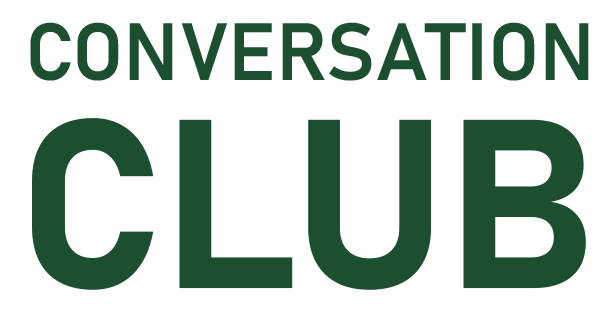Do you know that as per studies, verbal communication i.e. your words only have about 7% influence in shaping the communication, the remaining 93% is governed by your facial expressions, head nods, eyeball movements etc. Be it evading contact or fidgety leg movement, the way you physically conduct yourself determines the impact of your message.
While a handful are consciously aware of the stated fact, most of us tend to overlook the pertinence of body language these days. Simply put body language is a non-verbal form of communication expressed through facial expressions, gestures, eye contact, head movements, handshakes, smiles and more. In other words, it plays a vital role in personality development i.e. how we convey emotions, build connections and influence others. As they say, your body speaks even when your lips don’t move. When something is clearly so critical, it is only but logical that we delve into pertinent aspects of non-verbal communication.
Smile: A Natural Anti-Aging Elixir
Have you ever come across this beautiful quote by Dalai Lama?
“A simple smile. That’s the start of opening your heart and being compassionate to others.”
Isn’t that so true? A smile has this amazing ability to change someone’s mood in an instant. It’s like a little spark that can light up not just your face but also the hearts of those around you, no matter how you look, a genuine smile makes you look Gorgeous!!!
I still remember the day I went for my first scan after years of trying to conceive. My heart was pounding with hope, but in a cruel twist of fate, my joy was shattered – it was an Ectopic pregnancy. The news hit me like a storm, leaving me in a state of shock and panic. Tears welled up in my eyes, and fear gripped my heart as the doctor declared my surgery an emergency.
Amidst the chaos, my doctor walked in with a warm-reassuring smile and said “We will surely try our best to help you take a baby Home”. Her smile wasn’t just an expression – it was a life line, soothing my mind and giving me the strength to face what lay ahead.
The Power of a Nod
A nod is a powerful yet often misunderstood element of body language. It can speak volumes without uttering a word, but it’s meaning shifts across cultures. In my experience as an expat, people in Kerela nod a lot – almost as if their heads are dancing to an unspoken rhythm of agreement. On the other hand, in many Middle Eastern countries, nodding is used sparingly. They believe excessive nodding dilutes the message, adding too much water to a strong cup of tea. For them a well-placed nod is like a punctuation mark, used just enough to emphasize but not so much that it blurs the intent. Funny, isn’t it?
I remember the school canteen man who had a unique way of nodding. Every time we placed an order, he would bob his head in a way that left us utterly confused – was that a Yes or a No, or just a random movement? We would stand there, awkwardly waiting for confirmation, only to see our order magically appear a few minutes later. It was like an unspoken language we never fully cracked.
Gestures can be misinterpreted. What seems like a simple nod in one culture can leave people second-guessing in another. Whether it’s a subtle tilt or an enthusiastic bow, the meaning of a nod isn’t always universal. Sometimes, it’s a handshake of the head; other times it’s just a mystery.
Eyes Speak Louder
Jonathan Bryan’s book “Eye Can Write” is a testament to the incredible power of the eyes. Despite being unable to move or speak due to a severe disability, he expressed his thoughts emotions and dreams solely through eye movements. It’s fascinating how much we communicate without words- sometimes a single gaze can say more than a thousand sentences.
Let’s think about it: when a stranger stares at you for too long, it sends a shiver down your spine, triggering a mix of fear and confusion. On the other hand, a teacher in a classroom relies on eye contact to gauge attentiveness. If even one student keeps looking away, it can be frustrating, almost like talking to a wall. Similarly, a receptionist handling patient’s queries must maintain proper eye contact- too little might seem indifferent, too much could make you perplexed.
The eyes don’t just see, they speak. A fleeting glance can express nervousness, a lingering gaze can build trust and a sharp stare can intimidate. In every interaction, from personal conversations to professional encounters, eye contact plays a crucial role in shaping perception. Jonathan Bryan’s story proves that even without speech or movement, one can still connect deeply with the world – through the language of the eyes.
Content Credits: Huda Tasneem (hudatasneem1991@gmail.com)
